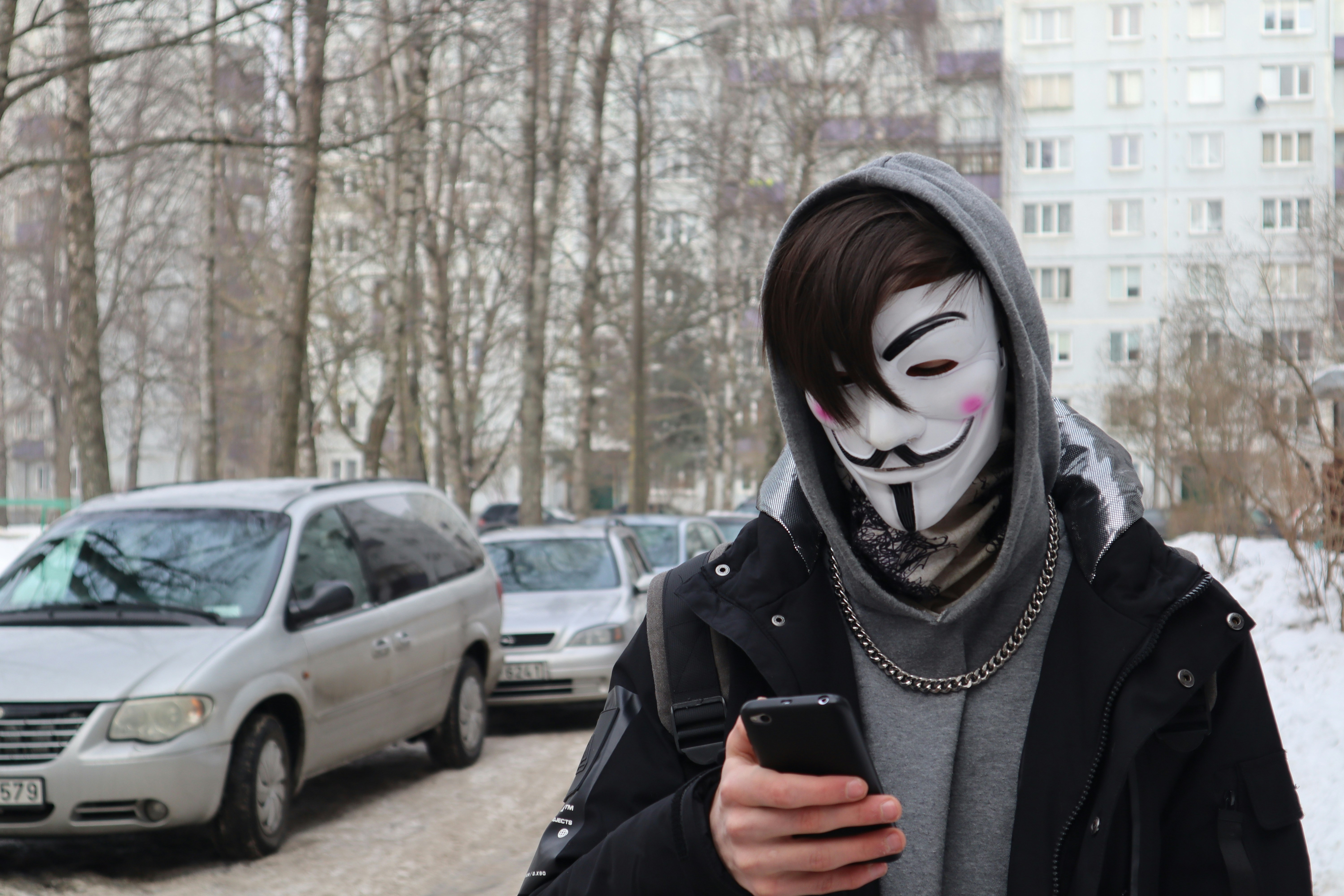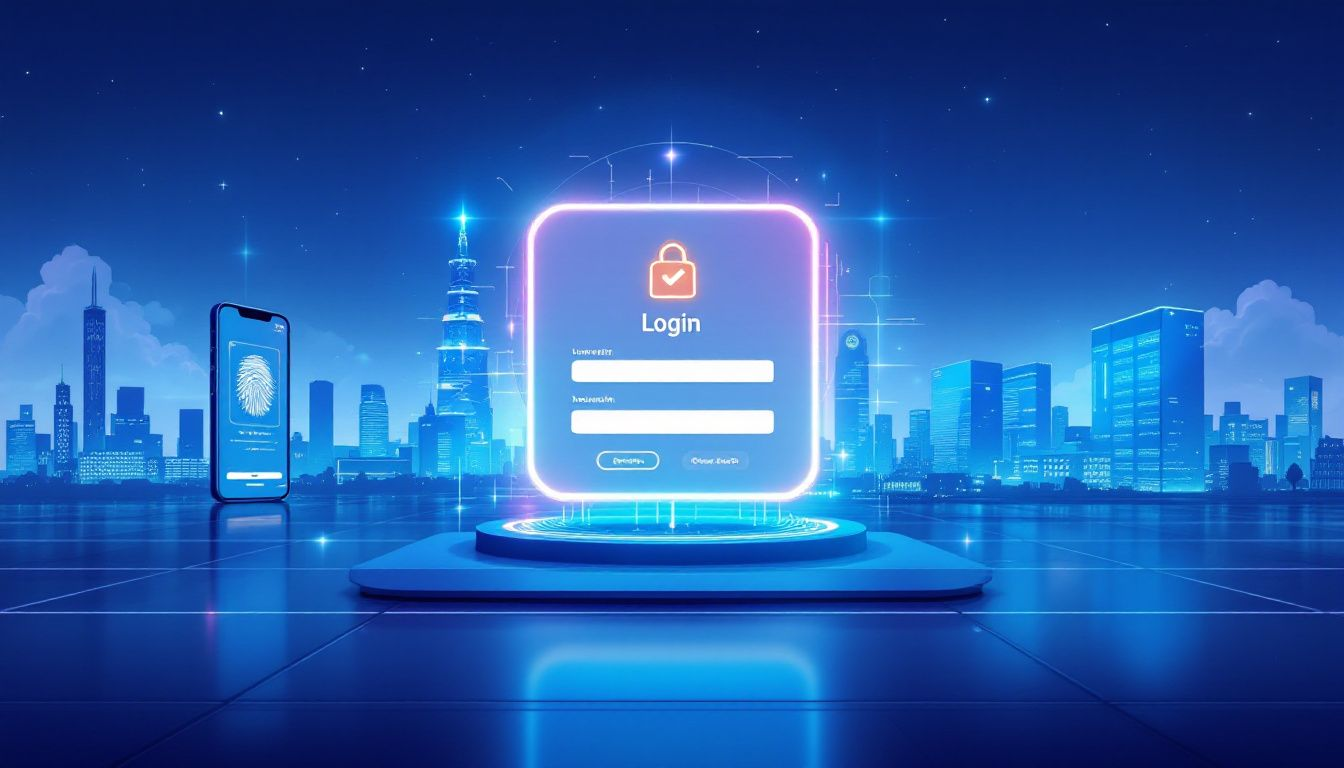How to Know if Someone Has Blocked Your Number?

In today’s digital world, where communication via smartphones is central, it can be frustrating and confusing when contact with someone suddenly seems to break off. You send text messages, try to call, but there’s no response.
One possible reason for this silence is that the person has blocked your phone number. But how can you tell if someone has blocked your number? There are various signs and tests you can perform to gain more clarity, although getting a definitive confirmation is often difficult.
The idea of being blocked can feel unpleasant. Maybe you had a disagreement, maybe it happened accidentally, or maybe there’s another reason why the person no longer wants to communicate with you.
Whatever the reason, it’s natural to want to know where you stand. This article delves into the different signals that may indicate you’ve been added to the blocked numbers list.
What Happens When You Call?
The most direct way to check if your phone number is blocked is by calling. Pay close attention to what happens:
- Rings once and goes straight to voicemail: This is one of the most common indicators that you may be blocked. Normally, a phone would ring several times before voicemail kicks in.
- No ringtone, straight to voicemail: In some cases, you won’t hear a ringtone at all before being connected to voicemail. This is a stronger signal that your number is blocked.
- The phone rings, but no one answers: This is a trickier scenario. It could mean the person is ignoring your call, didn’t hear the phone, or simply isn’t available to answer. Try this a few times at different times of the day. If this consistently happens, a block might be a possible explanation.
- The call is immediately disconnected: If you call and the connection is immediately cut off without hearing a ringtone or voicemail, this could also indicate a block.
It’s important to remember that being sent straight to voicemail doesn’t always mean you’re blocked. The person may have their phone on silent, be in an area with poor reception, or have manually declined the call. However, if this happens consistently over a longer period, the likelihood of being blocked is significantly higher.
What Happens with Text Messages?
Sending text messages can also provide clues, although these are subtler than with calls:
- No delivery report: If you send text messages to the suspected blocked number and don’t receive a delivery report (the familiar checkmark or “delivered” notification), this could be an indication. However, the absence of a delivery report is not conclusive proof. The recipient may have their phone turned off, no reception, or have disabled delivery reports.
- Consistently no response: If you previously had regular text communication and this suddenly stops without explanation, combined with the findings from calling, this could strengthen the suspicion of a block.
What About WhatsApp?
Apps like WhatsApp sometimes offer more insight, but caution is still advised:
- One gray checkmark: On WhatsApp, one gray checkmark means your message has been delivered to the WhatsApp server but not to the recipient’s phone. Two gray checkmarks mean the message has been delivered to the recipient’s phone but not read. Two blue checkmarks indicate the message has been read. If you consistently see only one gray checkmark, even after a long time, this could indicate you’re blocked. Your messages are not reaching the other person’s device. However, it could also mean the person has no internet connection or their phone is off.
- No profile picture or status updates: If you previously saw the contact’s profile picture and status updates and these suddenly disappear, while you can still see them for other contacts, this could be a sign. However, it’s also possible the person changed their privacy settings.
- No “last seen” or “online” status: If you used to see the person’s “last seen” or “online” status and this is no longer visible, this could also be an indication. As with the profile picture and status updates, these settings could also have been changed by the user.
- You can’t add the person to a new group chat: This is a stronger indication. If you try to add the person to a new group chat and it fails without a clear error message, it’s likely you’re blocked. WhatsApp doesn’t allow blocked numbers to be added to new groups by the person who set the block.
iMessage and Apple
For iMessage on an iPhone, the signals can be slightly different:
- Sent as SMS: If you send an iMessage to another iPhone user and the message turns green instead of blue, it means it was sent as a regular SMS. This can happen if the recipient has no internet connection or iMessage is disabled. However, if this consistently happens with a contact you usually communicate with via iMessage, it could mean your number is blocked on their iPhone. The iPhone then tries to send the message as a regular SMS, which may fail if the number is fully blocked at the provider level.
- No “delivered” notification: As with regular text messages, the absence of a “delivered” notification for an iMessage can be an indication, but it’s not conclusive proof.
The Anonymous Route: A Last Resort?
If you really want to check without the other person knowing it’s you, you can try calling anonymously or from another phone number.
- Anonymous number: You can disable your caller ID before making the call. How to do this depends on your phone (often through the phone app settings). If you call and the other person’s phone rings normally, it’s likely your specific number is blocked. Keep in mind that some people don’t answer anonymous calls.
- Another phone number: Ask a mutual friend or use another number (e.g., a family member’s) to call the person. If this number rings normally, it’s very likely your own number is blocked.
Be cautious with this method and respect the other person’s privacy. If someone doesn’t want to talk to you, it’s important to respect that.
The Role of the Provider
In general, your provider cannot directly tell you if someone has blocked your number. The block usually occurs on the recipient’s device, not at the provider level.
Blocking Numbers Yourself
Want to block a number yourself? The ability to block numbers is a handy feature to protect yourself from unwanted communication. Whether it’s suspected spam, annoying prank calls, or even someone you know, you have control over who can reach you.
Additionally, you can block unwanted text messages on most modern smartphones. Protect your digital space and avoid unwanted interactions.
Conclusion: It’s Often Just a Suspicion
While there are various signs that may indicate your phone number is blocked, there’s rarely a foolproof way to confirm this, unless the person tells you themselves.
A combination of the signals mentioned above (straight to voicemail, no delivery reports, changes in WhatsApp or iMessage, and successful calls from another number or anonymously) increases the likelihood of a block.
It’s important to remember that there may be other reasons why you’re not getting a response. Try to be patient and respect the other person’s boundaries, whatever the reason for the silence. Obsessively checking if you’re blocked is rarely a healthy activity.
Frequently asked questions
A quick way to explore how everything works and what to expect.
Not always. It could also mean the person has their phone on silent, is in an area with poor reception, or manually declined the call. However, if this happens consistently, the likelihood of being blocked increases.
No. One gray checkmark means the message has been delivered to the WhatsApp server but not to the recipient’s phone. This could be due to a lack of internet connection or a turned-off phone.
Generally, no. The block occurs on the recipient’s device.
Calling from another phone number or anonymously can provide a strong indication, but respect the other person’s privacy.
No, in most cases, the person will not receive any notification of your attempts to contact them if you’re blocked.
No, previously sent and received messages usually remain on both parties’ phones unless one of them deletes them manually.
Yes, you can usually manage blocked numbers in your phone or messaging app settings and unblock them there.
The basic principles are similar (straight to voicemail, no delivery reports), but specific app behaviors like iMessage and anonymous call settings may differ between Android and iPhone.
Give the person space. Repeatedly trying to contact them may worsen the situation. Respect their choice not to communicate with you (for now).
Yes, it’s possible someone accidentally blocked your number. If you have a good relationship with the person, you could try to find out through a mutual friend.

 Netherlands
Netherlands Belgium
Belgium Denmark
Denmark Germany
Germany France
France Switzerland
Switzerland Austria
Austria UK
UK Spain
Spain Italy
Italy


